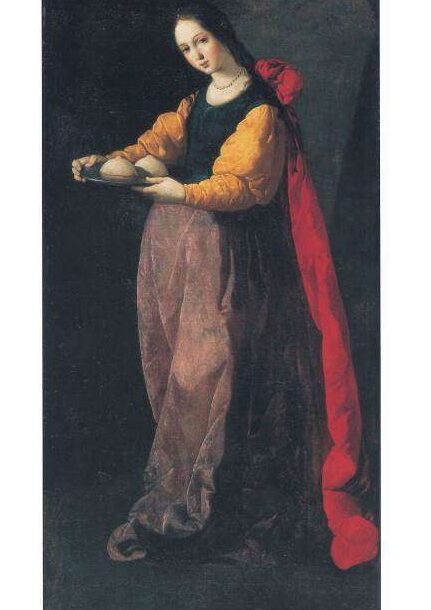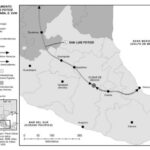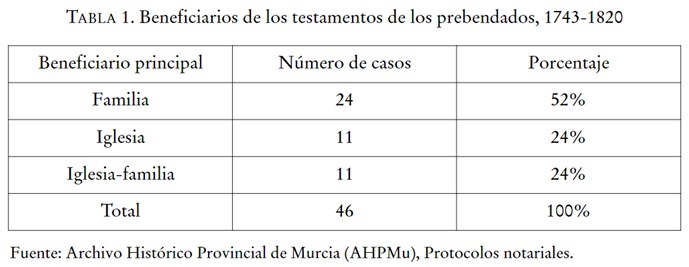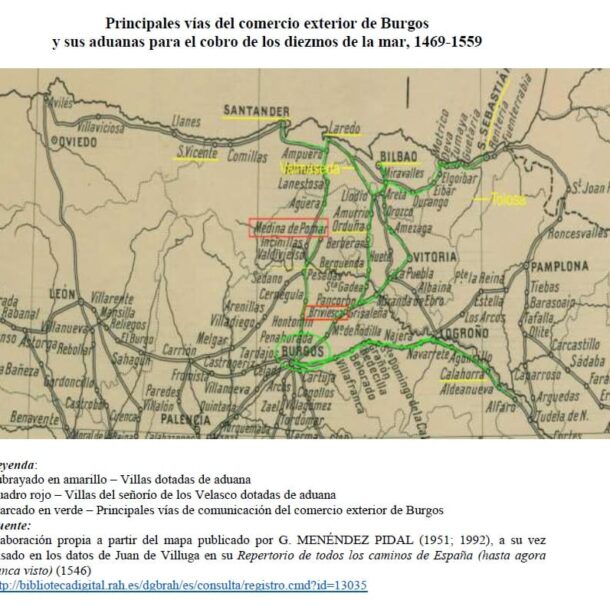
Throughout the second half of the 18th century, the city councils were the agents in charge of controlling and regulating different territories in New Spain, controlling income, expenses and the territory itself from the figure of the viceroy. San Luis Potosí was one of the most important nuclei in this organisation, instructing new officials in governmental matters in order to manage the finances of different cities.
Traditionally, the government of these cities was the responsibility of the aldermen, who were granted goods and lands in exchange for obtaining resources to satisfy the different public needs of the citizens registered in their territory thanks to their administration. Theoretically, this was not a problem until the Ordenanza de Intendentes stated that a fundamental task of the intendants was to ask the town councils for a report on their own property and taxes, with special emphasis on expenses and surpluses. With the results, the Council of the Indies could regulate the goods in order to minimise the surplus and obtain the remaining amount for the crown.
The tension between the regidores and the guidelines of the newly arrived intendants was more than evident. Until the second half of the 18th century, the surpluses in the cities served to legitimise the certain independence they enjoyed, but the intendants soon saw this wealth as another element to defend their power in the territories. Both applied regulations that gave them legitimacy to control these resources, so that conflict was practically assured if they could not reach an equitable agreement.
In this situation, the city council of San Luis Potosí undertook a northern expansion project that sought to regulate and integrate the agricultural and livestock production of the region, as well as the mining centres and the entire population that settled in its jurisdiction. The trade route to Mexico City and the corridor to Veracruz served as an articulator of the territory, a point for territorial pacification, and San Luis also managed to extend its influence to the Gulf of Mexico.
Collection: Images
Project: 3. Rural world and urban world in the formation of the European identity., 9. Travels and travelers: economic, social and cultural connections.
Chronology: XVII, XVIII
Scope: Secondary Education, Baccalaureate, University
Link: http://www.tiemposmodernos.org/tm3/index.php/tm/article/view/1898
Resource type: Image
Format: Map
Source: Celaya, Y. (2016). "El Ayuntamiento y el Intendente en San Luis Potosí: conflictos y negociación en la administración de los propios y arbitrios, 1768-1790", en Tiempos modernos, nº 33, p. 383.
Language: Spanish
Date: 2016
Owner: Roberto José Alcalde López (Modernalia)
Copyright: ©Tiempos Modernos ©Yovana Celaya Nández
Abstract: Expansion from the town of San Luis Potosí to regulate agricultural, livestock and mining production in the late 17th and early 18th centuries
Image
Tags







